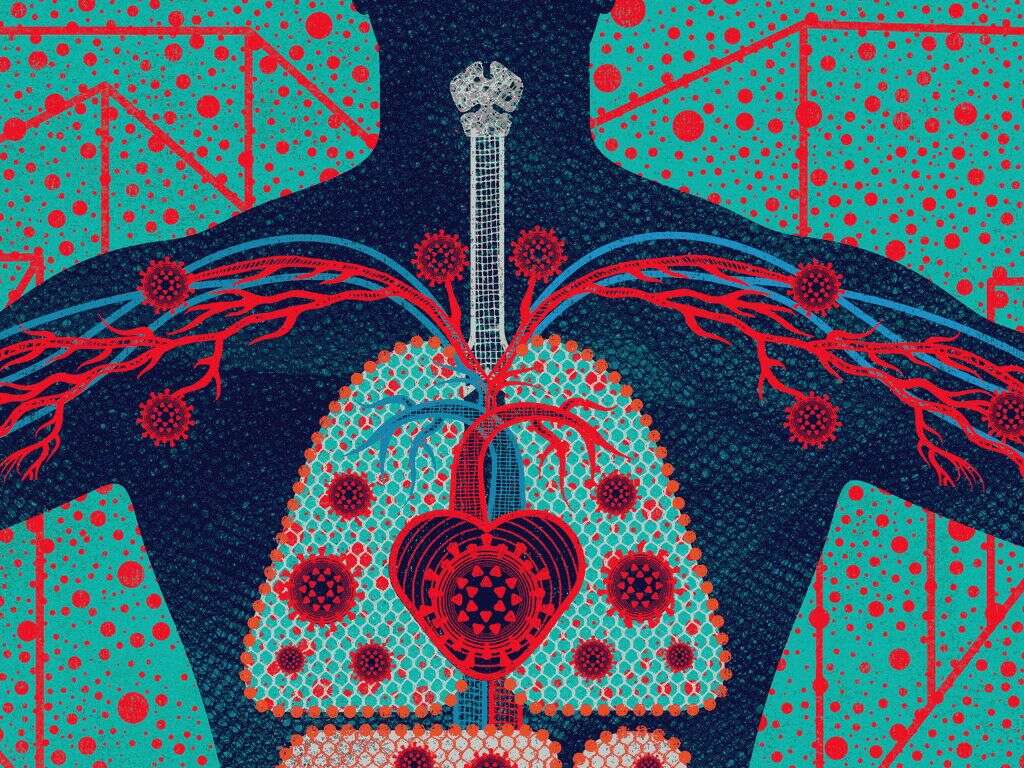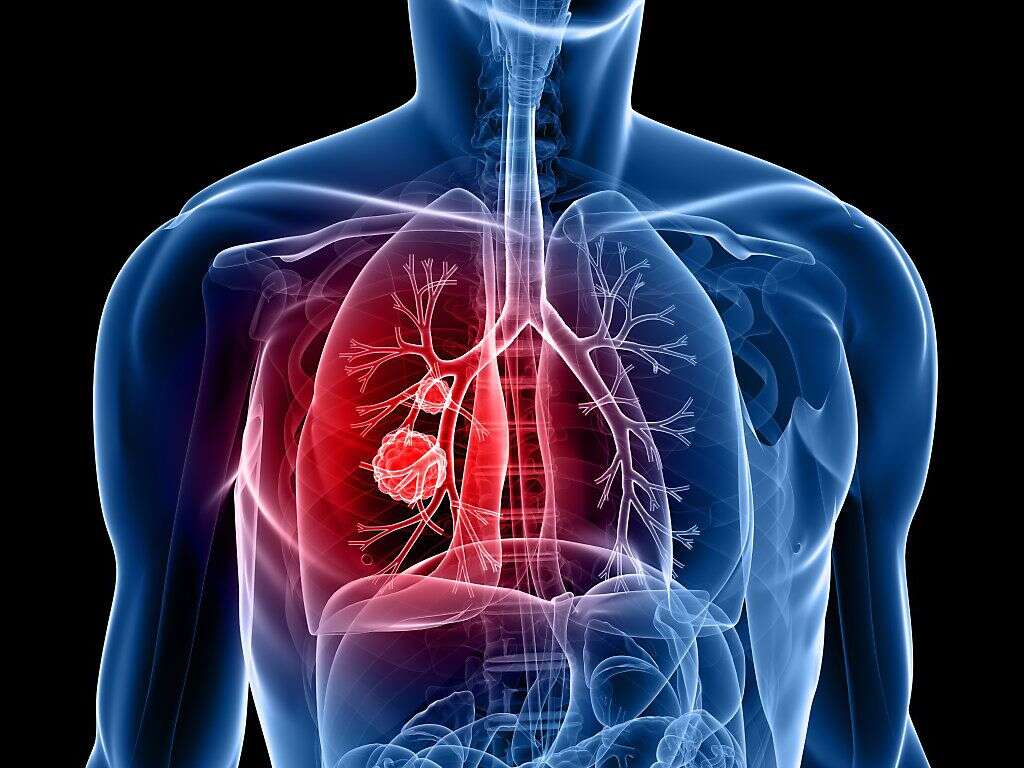10 Pulmonary Fibrosis Symptoms
 Article Sources
Article Sources
- 1. 'Pulmonary Fibrosis - Symptoms and Causes. Mayo Clinic, 6 Mar. 2018, www.mayoclinic.org/diseases-conditions/pulmonary-fibrosis/symptoms-causes/syc-20353690
- 2. 'Breathlessness – Action for Pulmonary Fibrosis. Home, 29 2021, www.actionpf.org/information-support/breathlessness
- 3. Özkaya, Özge. Cough in Pulmonary Fibrosis. Pulmonary Fibrosis News, 29 Aug. 2019, pulmonaryfibrosisnews.com/cough-coughing-pulmonary-fibrosis/
- 4. Melãoc, Alice. Fast Weight Loss in IPF Patients Linked to Poor Prognosis, Study... Pulmonary Fibrosis News, 16 Oct. 2019, pulmonaryfibrosisnews.com/2019/10/16/fast-weight-loss-ipf-patients-linked-poor-prognosis-may-indicate-immune-system-activation/
- 5. Özkaya, Özge. Shallow Breathing (Tachypnea) in Pulmonary Fibrosis. Pulmonary Fibrosis News, 3 Sept. 2019, pulmonaryfibrosisnews.com/fast-shallow-breathing-tachypnea/
- 6. Özkaya, Özge. Fatigue in Pulmonary Fibrosis. Pulmonary Fibrosis News, 25 May 2021, pulmonaryfibrosisnews.com/fatigue-pulmonary-fibrosis/
- 7. Henderson, Wendy. Pulmonary Fibrosis Symptoms: Aching Joints and Muscles. Pulmonary Fibrosis News, 12 Apr. 2017, pulmonaryfibrosisnews.com/2017/04/12/pulmonary-fibrosis-symptoms-aching-joints-muscles/
- 8. Clubbing in Patients with Fibrotic Interstitial Lung Diseases. ScienceDirect.com | Science, Health and Medical Journals, Full Text Articles and Books, www.sciencedirect.com/science/article/pii/S0954611117303608
- 9. Pulmonary Fibrosis: Symptoms, Stages, Causes & Life Expectancy. MedicineNet, www.medicinenet.com/pulmonary/fibrosis/article.htm
- 10. http://boehringer-ingelheim.com. Nutrition. Life with Pulmonary Fibrosis, 3 Dec. 2020, www.lifewithpulmonaryfibrosis.com/living-with-pulmonary-fibrosis/taking-care-of-yourself/nutrition
- 11. D'Souza, Gillian. Peripheral Cyanosis: Symptoms, Causes, Diagnosis, and Treatment. Medical and Health Information, www.medicalnewstoday.com/articles/322560
Fast, Shallow Breathing
Fast, shallow breathing is one of the later symptoms associated with pulmonary fibrosis. As the oxygen exchange system is impeded by scarring, blood oxygen levels fall and the body's tissues do not receive the oxygen they need to survive. The result is shortness of breath and shallow breathing as the person tries to compensate for the deficiency.
Oxygen therapy is used to manage fast, shallow breathing. Typically nasal cannulas are used to deliver an increased level of pure oxygen to the lungs.
Advertisement











